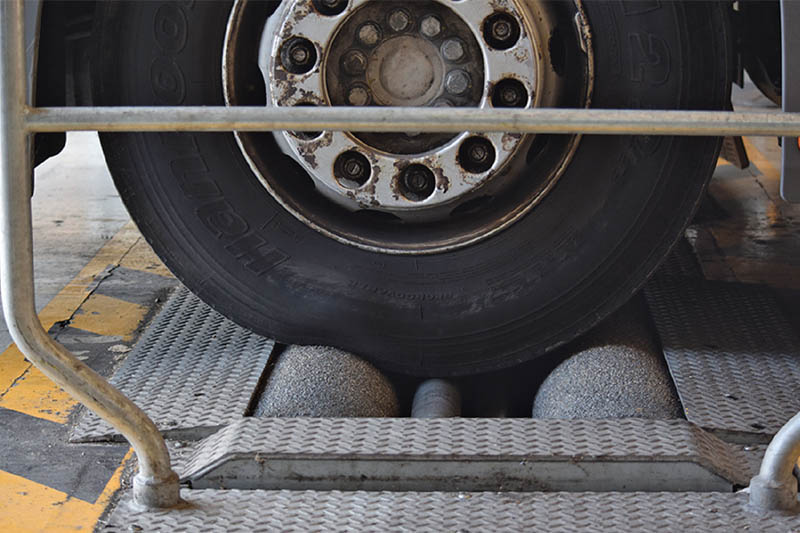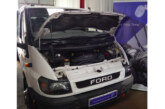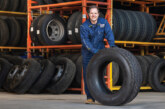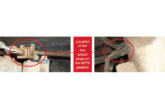
Braking systems remain one of the top causes of failure at annual test. DVSA presents its guide to passing the test to help operators prepare their vehicles, complete with best practice advice.
Brake test check list
- Load the vehicle.
- Have all the brakes had time to bed in?
- Do you know the correct method of inspection?
- Avoid steam-cleaning. Steamcleaning the vehicle brake system immediately before test is highly likely to reduce the brake performance.
- Is the RBT calibrated and in good condition?
- Has the vehicle exceeded the minimum efficiency required in the manual?
- It shouldn’t be necessary to alter the Load-Sensing Valve (LSV) settings outside of the manufacturer’s pre-set limit to achieve a satisfactory brake result. Altering the LSV settings can lead to over-braking of the rear wheels, which is a potential road safety hazard. This will result in prohibition action.
- Secondary braking systems – vehicles are fitted with a secondary brake, typically either through a split braking system, or a progressively applied hand control valve. Make sure you know which type your vehicle has, and if the other system can be used as an alternative. Secondary brakes using split systems are no longer assessed at annual test.
Locked wheels and the brake test
DVSA insists that vehicles must be fully loaded at test because the grip between the tyre and the RBT rollers is more effective that way and the load sense valve will be opened. The wheels keep turning for longer and a higher brake force will be achieved.
If the vehicle is empty or only lightly loaded, the grip between the tyre and the road (or the rollers on a roller-brake tester or RBT) will be lower, and a relatively small brake force will cause the wheels to lock and stop turning. Once locked, no matter how much more the brakes are applied, the recorded brake force won’t increase.
This means that if the vehicle’s load is too light, the wheels may lock before achieving the required brake efficiency. On unladen vehicles, this may result in a test failure.
Testers can also pass a vehicle on locks, provided more than half the wheels on a system lock. Front wheel lock allowance (FWA) takes into account the weight transfer to the front axle(s). DVSA warns, however, that operators should not rely on these two concessions when preparing vehicles for a brake test.
How to prepare for the brake test
Loading
ATFs will check vehicles are loaded to 65% of design axle weight. Load simulators are permitted and some ATFs may have a ballasted trailer available for hire. Where load simulators can’t be used, vehicles or trailers – unless exempt by design – must be loaded when tested. Tractors must be coupled to a loaded semi-trailer, so that the drive axle is loaded at or very close to the plated weight shown in column two of the plate and plating certificate.
When loading a vehicle for brake test, DVSA advises:
- Ensure loads are adequately secured.
- Aim to apply at least 65% of the design axle weight to each axle (not less than 50%).
- Use similar loads to add weight to the vehicle – this will help in placing the loads correctly, and achieving consistency between tests.
Pre-test brake performance checks
With an RBT
- Ensure the rollers are clean, in good condition and well gritted, and the RBT is calibrated.
- Present the vehicle loaded to at least 65% of design axle weight.
- If you have a computerised RBT, ensure it has the current version of DVSA’s DTp (now DfT) number database installed in your machine so that new vehicles are recognised.
- If you have a non automated RBT, decide what the vehicle’s braking requirements are to help calculate brake performance.
- Decelorometer testing is available at a limited number of ATFs, but only permitted if testing the vehicle with an RBT is not possible.
Without an RBT
Local franchised dealers, vehicle repairers and local authorities may offer RBT brake check services. Ensure brake performance is included in routine maintenance.








